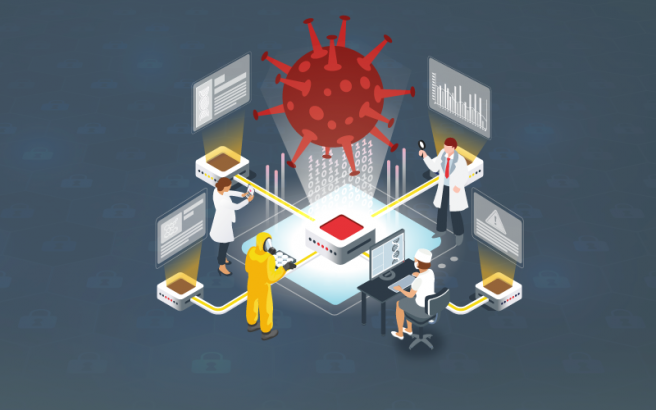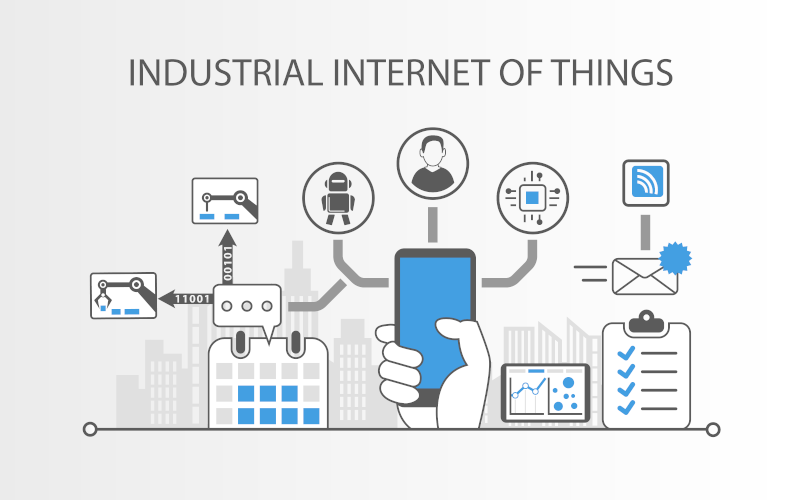
The ability to monitor and analyze the behavior of users and entities becomes crucial for early detection and response to potential threats. UEBA solutions identify unusual or anomalous patterns in user behavior, enabling rapid identification of internal threats or external compromises. This post focuses on how UEBA analysis is becoming an essential tool for a cybersecurity strategy, from identifying suspicious behavior to preventing potential security breaches.

UMAS (Unified Messaging Application Services) is a Schneider Electric (SE) proprietary protocol used to configure and monitor Schneider Electric programmable logic controllers (PLCs). While it is true that the protocol is related to this manufacturer, the use of the protocol is quite widespread in different sectors, especially the energy sector, as is obvious.
The article will focus on the technical breakdown of the protocol and the use of the protocol. The article will also show weaknesses, strengths and some technical vulnerabilities detected in this protocol.

Space is an increasingly important element in the critical infrastructures of all countries. The possibility of losing or degrading space services can significantly affect both national security and all customers who have contracted services involving the use of satellites or any other space devices, resulting in major economic and security losses.
To protect it, the National Institute of Standards and Technology (NIST) has developed a cyber security framework for the commercial ground segment of the space sector, providing a means for stakeholders to assess their cyber security posture in terms of identification, protection, detection, response and recovery operations, thereby evaluating the level of risk to the satellite ground segment structure.

CAPEC (Common Attack Pattern Enumeration and Classification) is a project that focuses on enumerating and classifying common attack patterns on computer systems and providing a systematic approach to understanding and addressing the tactics used by attackers. Like CWE (Common Weakness Enumeration), CAPEC is an initiative of the computer security community and is maintained by the National Institute of Standards and Technology (NIST) in the United States. Recently in version 3.9, the project has incorporated a number of attack patterns related to the industrial world.
This article aims to show the reader the use of these codes, such as those used at the identifier level in CVEs, CWEs, etc., and which are related to many of the jobs that are carried out on a daily basis in the industrial cybersecurity sector.

The automotive world has always been one of the most cutting-edge sectors in terms of the technology used, which is why today's cars are equipped with technologies such as Bluetooth, NFC, GPS, etc., which improve different aspects such as comfort, fuel efficiency and increased safety.
But these implemented technologies can also bring with them serious problems, such as the risk of cyber-attacks that can affect passengers in the vehicle, both at the level of personal data and physical security.
For this reason, this article aims to provide an insight into some of the cyber-attacks that smart cars have suffered and how cyber-security is evolving and adapting to make more and more vehicles cyber-safe.

The industrial environment, especially the energy sector, is one of sectors that is suffering the most from cyber-attacks. This trend has been increasing in recent years, as this is one of the most information-sensitive sectors and can cause major problems, both economically and socially.
One of the best examples of malware attacks is BlackEnergy. This malware became known for being able to compromise several electricity distributors on 23 December 2015, causing households in the Ivano-Frankvisk region of Ukraine (a population of around 1.5 million) to be without electricity.
For this reason, due to seriousness of this type of cyberattacks, it is necessary to continue researching and investing in industrial cybersecurity, to reduce the damage caused by this type of cyber-attack in industrial environments.

IoT networks are very useful for everyday life, but their use is not limited only to this type of environment; there are industrial environments where this type of networks can benefit connectivity between industrial devices and provide capabilities that other types of networks could not. The 3rd Generation Partnership Project or 3GPP developed the NB-IoT protocol, a protocol for when networks with higher performance, higher speed and high interconnectivity capacity between devices are required. This protocol can work both in IoT devices and in IoT devices in the industrial environment (IIoT).

In the industrial world, there are a large number of systems, equipment, networks, areas, ducts, cloud environments, IT-OT environments, etc. In recent years, the number of attacks on industrial environments has been growing exponentially, and not only on purely industrial environments, but also on corporate environments that are connected to industrial environments. These IT environments being access points for attackers due to this IT/OT connectivity.

The security gaps and issues that exist within industrial environments are sometimes unknown to many information consumers. This article aims to bring first hand some of the most interesting issues and attack trends in 2023 in the industrial sector. Different industrial cybersecurity incidents so far this year will be described at a high level and a comparison will be made with the trend presented at the beginning of the year.

OSINT (Open-Source Intelligence) is a technique that focuses on the collection, evaluation and analysis of public information through different methods and techniques, with the objective of discovering vulnerabilities or collecting sensitive information that could become threats.
It should be emphasized that the data collection is not called OSINT, it would be raw information. Once this information is evaluated and treated, it could be said that we are really talking about open-source intelligence (OSINT).
Initially it has been used in the military and government sector. Its use in OT, with disciplines such as SIGINT (Signals Intelligence), IMINT (Imagery Intelligence) or even 'Sock Puppets' (fake profiles or intruders in technical forums) is making havoc due to the criticality of this equipment. Disinformation or the compilation of sensitive industrial technical information are some of the serious consequences that this sector is exposed to.



